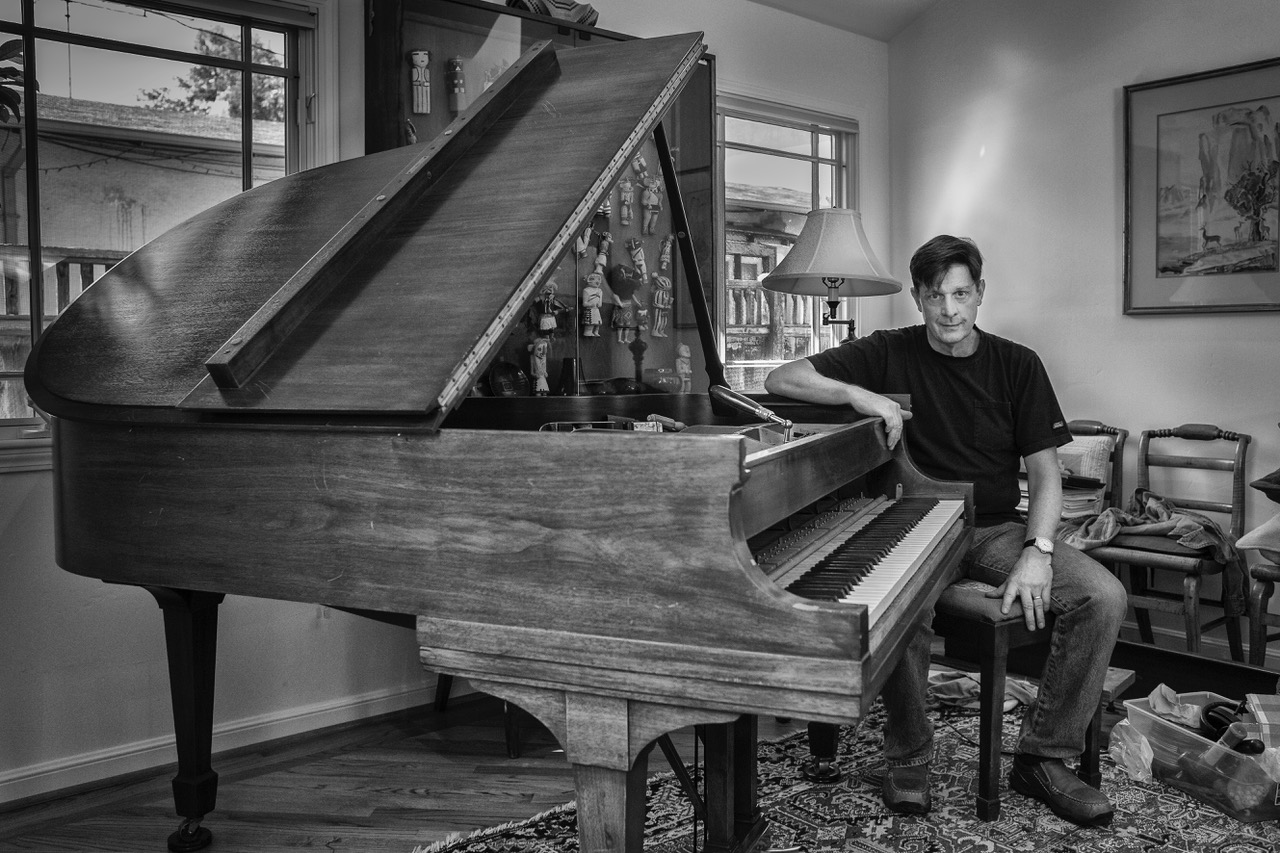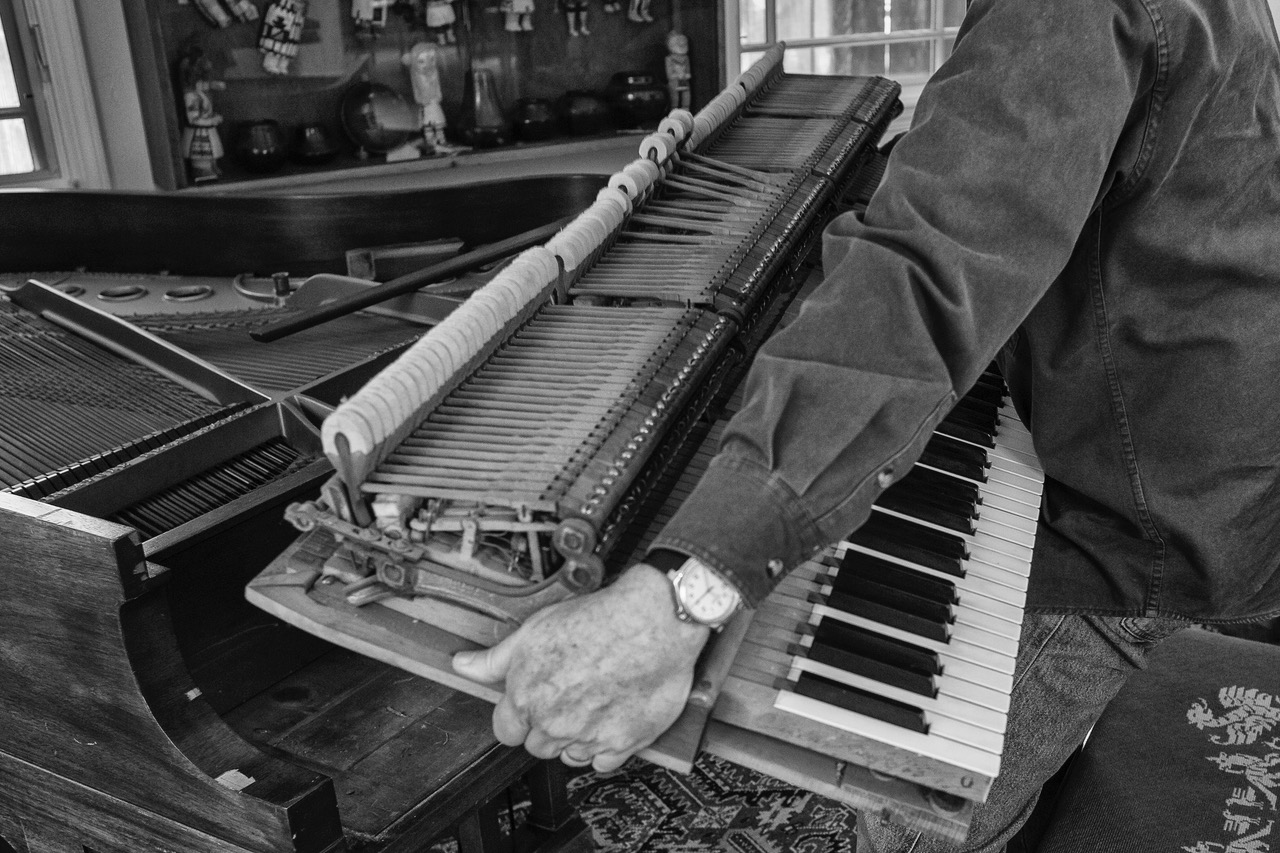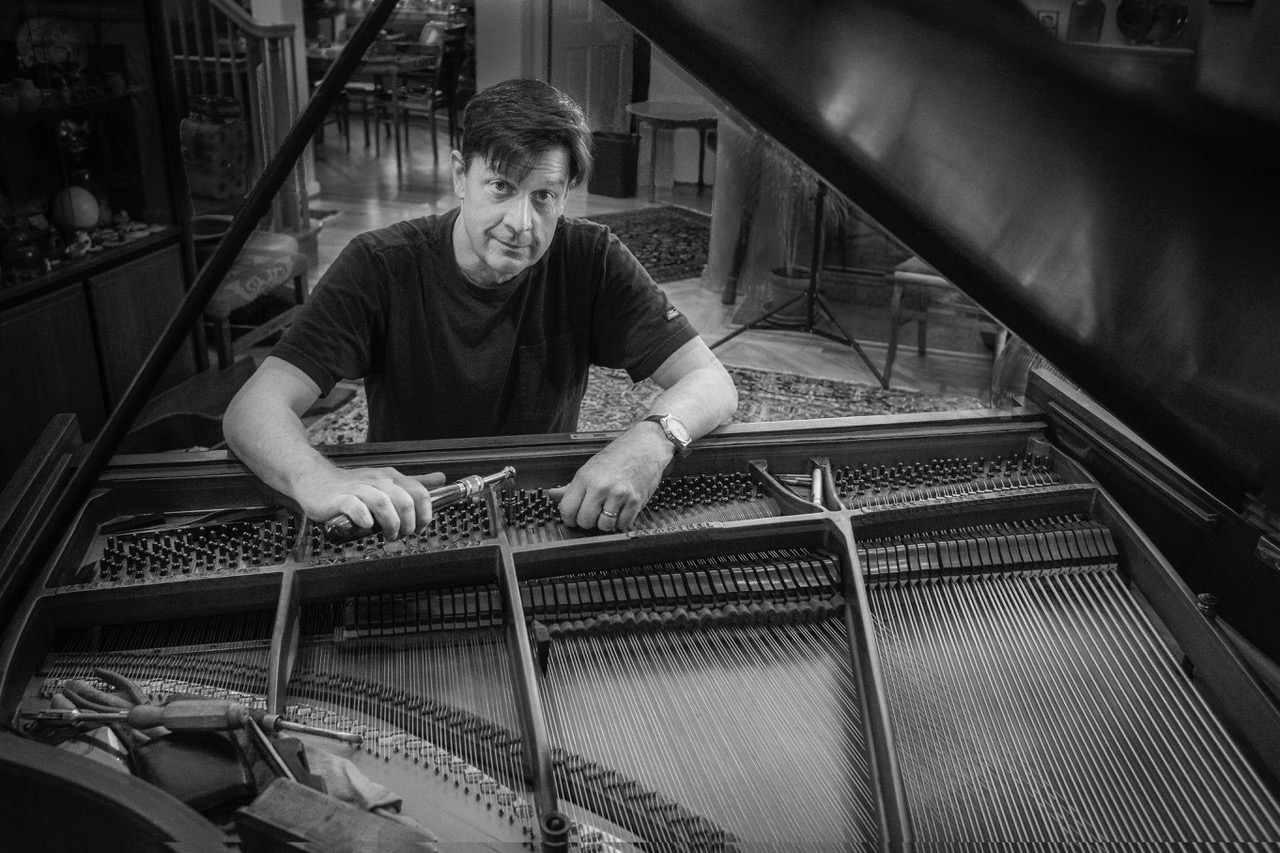Inner workings of pianos would fascinate me as a child, when I would lift the piano lid and observe the action movements as I played. In my early years, I began working on pianos, and completed the Piano Technology program, headed by the late Frank Hansen, at The New England Conservatory of Music in 1980. NEC had a piano technology program in the late 19th and early 20th centuries, and then again from 1978 to the 1990s. Following NEC, I continued on as a student at the University of Massachusetts and graduated with a B.A. magna cum laude, in June, 1982.
In the Fall of 1982, I joined the piano technical department at Steinway & Sons in New York City. This was a full time unionized position. I worked at Steinway for four years, primarily at Steinway Hall. During this time, I joined the Piano Technician’s Guild, and received certification as a Registered Piano Technician from the Piano Technician’s Guild in 1984. While at Steinway, I participated in the factory course, taught by Joe Bisceglie (1922-2022), and the concert course, taught by Franz Mohr (1927-2022). But the ongoing mentoring I received from Masuru Tsumita, who subsequently became the Chief Piano Technician for Juilliard, was my most significant influence.
In 1986, my wife and I moved to the San Francisco Peninsula, where we have raised our two children. I established an independent piano-service business, which has included a number of long-standing accounts with familiar universities, concert venues, and schools in the area. This has also included well-known musicians both here, and earlier in New York City. But it is not my style to drop names, so I will leave it at that. The majority of my work, however, is tuning in the home and in private teaching studios. As a “Business Affiliate” Member of the Music Teachers Association of California (MTAC), I work closely with a number of piano teachers on the Peninsula.
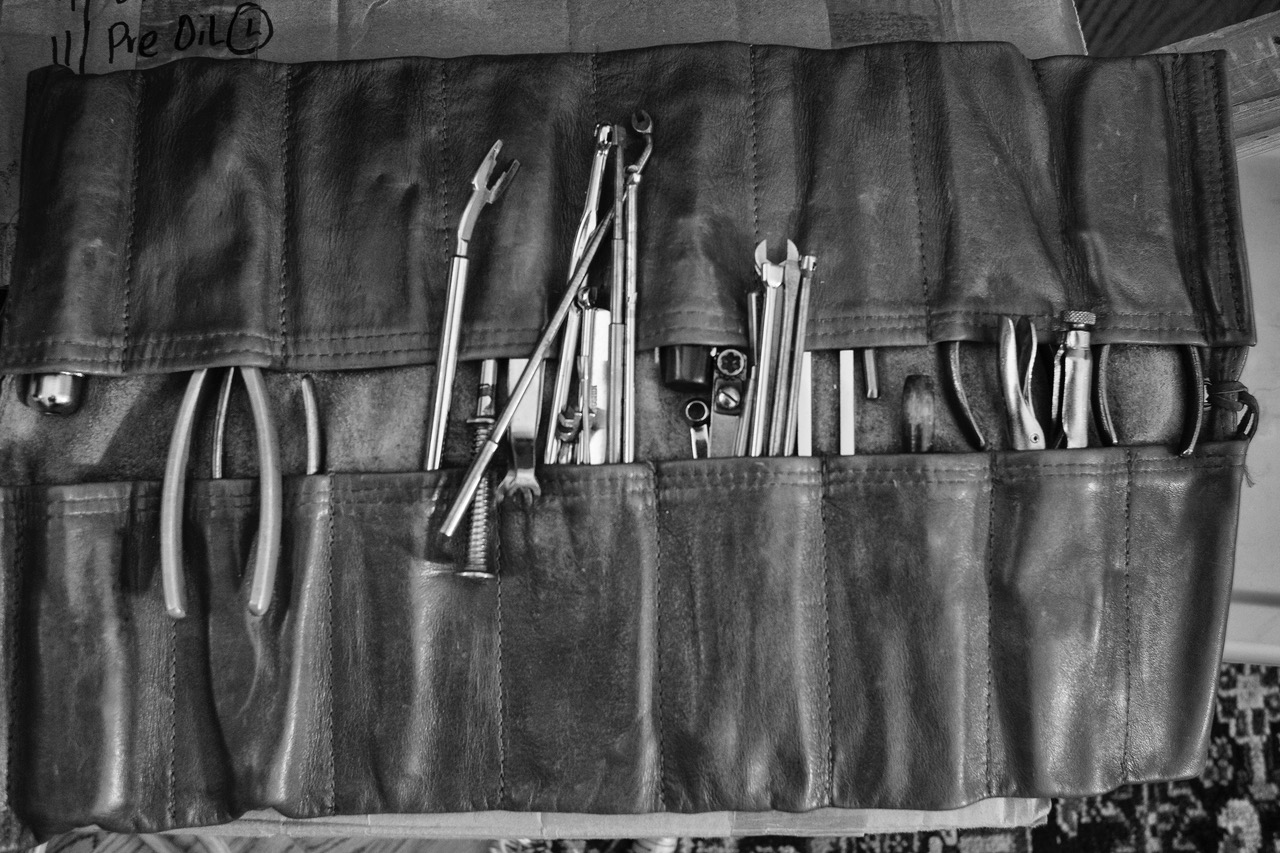
Photo by Steve Hollis Johnson. Photo of mostly specialized tools for piano action work within a leather tool roll. For daily use.
Since the introduction of this website in 2005, I have written extensively about historical hand tools made for the piano industry. These webpages have resulted in requests for publishing articles for periodicals within the piano technology field as well as in the historical hand tools/woodworking area. Much of the reason I have mounted this presentation of antique traditional hand tools used in piano work is to make some record of this particular vocation: it’s part of a world that is gradually being left behind.
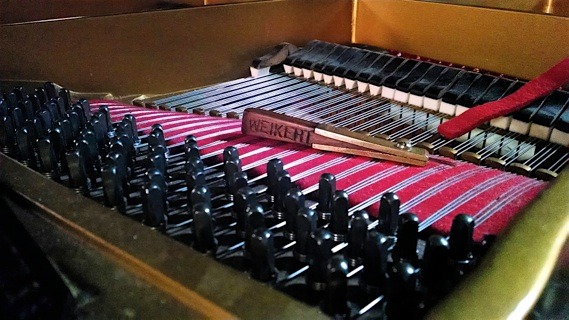
19th century voicing tool made by J.D. Weickert in Leipzig, Germany, a world-class felt manufacturer. Piano is an old 7′ 4″ Grotrian grand that I restored in the late 1990s. Lowest tenor damper was displaced as part of the original design, in order to clear the large plate strut.
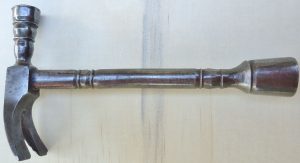
18th century tuning hammer, harpsichord era. Here is the historical context for calling modern tuning levers, ‘tuning hammers.’
During the 40 years that I have serviced pianos, from the most modest spinet to world-class concert grands, it is always the person playing and/or studying the instrument who is most important to me.
I have now fully retired. Thank you for your support over these many years. Wishing you all the best.
Warm regards,
–Martin S.

